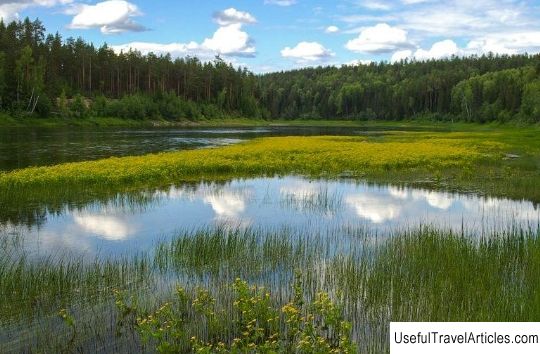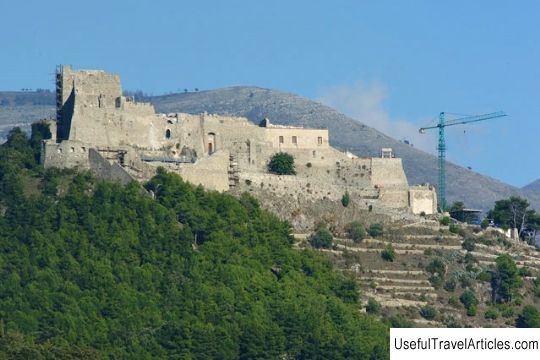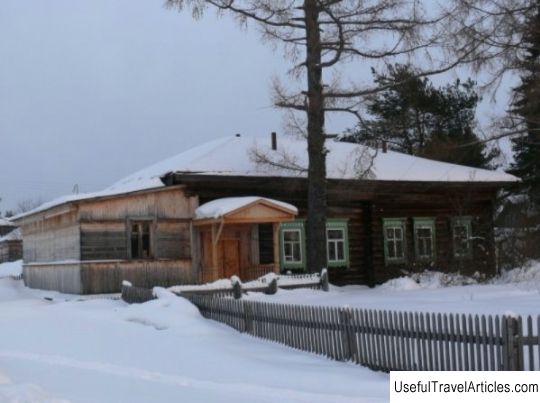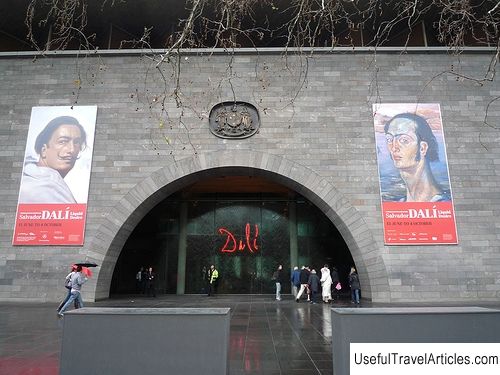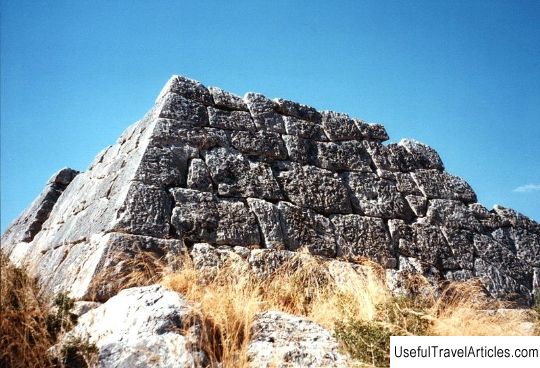Loose farm of the Pechora-Ilychsky nature reserve description and photos - Russia - North-West: Komi Republic
Rating: 7,6/10 (100 votes) 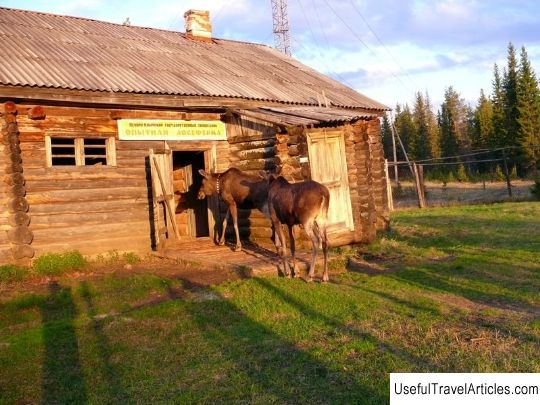
Loose farm of the Pechora-Ilychsky nature reserve description and photos - Russia - North-West: Komi Republic. Detailed information about the attraction. Description, photos and a map showing the nearest significant objects. Photo and descriptionLose farm was organized at the Pechora-Ilychsky nature reserve in 1949. The idea of domesticating a moose is not new. In different regions of Siberia, rock carvings were found on which people graze moose, lead on a lead, use in sledges, for horseback riding, keep in paddocks, etc. From this it follows that the ancient inhabitants of these places have been practicing elk breeding since the Stone Age. The disappearance of elk breeding in Siberia occurred, most likely, due to its displacement by horse breeding and reindeer breeding, as well as the destruction of tribes engaged in this activity. By the 19th century, elks in many Russian regions of Russia completely disappeared and were very rare. For these reasons, measures were taken to preserve and restore the population of the species. The initiator of the domestication of elk in the country was P.A. Manteuffel Based on experiments on moose at the Moscow zoo, he came to the conclusion that domestication of moose is possible. They were asked to transfer the experiments on elk breeding to natural conditions, where it would be easier to raise healthy elk. In 1934, the Committee on Reserves decided to organize moose nurseries in the reserves. In the Pechora-Ilych nature reserve, such work was started only in the post-war years. In these places, in the north-taiga sparsely populated area of the upper Pechora, where roads are as rare as natural meadows, elk breeding had the widest prospects. The experimental herd in the early years was carried out by catching wild newborn moose calves and raising them at home. Experience has shown that moose are most easily tamed at an early age. And adults are not tamed at all. The moose calves were sometimes transported hundreds of kilometers away by steamers, airplanes, horses, boats. Only after studying the biology of the moose, the regimes of feeding, rearing and keeping the moose at home were developed on the basis of the experimental herd, consisting of 14 elk, a forest farm was created at the Pechora-Ilychsky reserve. Its main goal was to breed a specialized domestic animal for the taiga landscape zone, such as the yak for the highlands, the reindeer for the tundra, and the camel for the desert. 11 years after the start of experiments with elk breeding, these animals already met the requirements for domestic animals: those released into the taiga did not run wild and came back, bred regularly, and were used by people as a productive and working animal. Since 1960, the moose farm has begun breeding work to create breeding groups of domestic moose: dairy-producing, meat-producing, working. The great merit in the creation of the farm belongs to E.P. Knorre, who began experiments on the domestication of animals in the Buzuluk reserve, V.P. Teplov, who put a lot of energy into recruiting the experimental herd and other workers of the reserve. The information collected by the moose farm employees has made major adjustments to the scientific data on the moose. The moose farm managed to prove that domestication does not end only with the domestication of the elk. A person should comprehensively create a domestic moose, using rational modes of keeping and feeding, directed education, developing reflexes of submission, other methods of animal husbandry for a long time. Despite the high fertility and vitality of domesticated moose, the herd was observed to accidentally die of animals from predators and due to poaching. This was the most difficult factor to overcome. On the basis of the moose farm of the Pechora-Ilychsky nature reserve, students from different universities of the country were trained. Among them was also A.M. Mikhailov, a student of the Kostroma Agricultural Institute, who later successfully organized an elk farm at the Kostroma Experimental Station, where some of the animals were brought from the forest farm of the Pechora-Ilychsky Reserve. The results of the research carried out on the moose farm were published in scientific publications, the works of the reserve. Many times moose from the forest farm of the Pechora-Ilych nature reserve were participants in VDNKh, more than 50 moose were transferred to various farms, including in Yugoslavia, England, China, Czechoslovakia. Now scientific experiments and research on the moose farm are not carried out, but educational and educational work is underway. All year round, you can see both adults and children on the farm, both from our country and from other countries.        We also recommend reading Church of St. Ivan in the village of Pastukh description and photos - Bulgaria: Kyustendil Topic: Loose farm of the Pechora-Ilychsky nature reserve description and photos - Russia - North-West: Komi Republic. |
